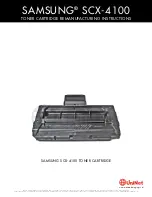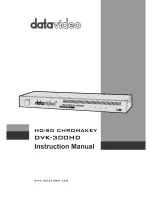
4445103620
21
3. To connect the battery control booster pro-
ceed as shown in fig.
Operation
A
I
Setting the charging program
A
I
➤
Slide the DIP switches (fig.
1
position shown in the table below to set the
charging program for the respective type of
house battery.
NOTICE! Damage hazard
Avoid frequent interruptions of the
charging process. Fully charge the bat-
teries regularly in mains operation.
NOTE
Use a small screwdriver to carefully move
the DIP switches to the required position.
NOTICE! Damage hazard
Only use batteries that are suitable for the
specified charging voltage.
NOTE
• Select the charging program suitable
for the type of house battery used
based on the manufacturer's specifica-
tions, the information in the table
below and the technical data (see
chapter “Technical data” on page 27).
• To protect sensitive consumers, the
charging voltage is limited to 15 V in all
charging programs.
• The specified charging times apply to
an average ambient temperature of
20 °C.
DIP switch position
(gray)
Desired charging
program
U1
Full charge
U2
Full trickle
charge
U3
Storage charging
Lead acid batteries/
AGM batteries
(14.4 V)
14.4 V
(1.5 – 6 h)
13.5 V
(24 h)
13.2 V
(regeneration 2 times per
week: 14.4 V within 1 h)
AGM batteries
(14.7 V)
14.7 V
(1.5 – 5 h)
13.6 V
(24 h)
13.2 V
(regeneration 2 times per
week: 14.7 V within 1 h)
Lead gel batteries
(14.4 V)
14.4 V
(4 – 12 h)
13.8 V
(48 h)
13.5 V
(regeneration 2 times per
week: 14.4 V within 1 h)
LiFePO4 batteries
(14.4 V)
14.4 V
(0.3 – 1 h)
13.8 V
(24 h)
13.5 V
(no regeneration)
D+
Gel
LiFePO4
AGM 2
Pulser
V
Lead Acid/
AGM 1
Off
D+
Gel
LiFePO4
AGM 2
Pulser
V
Lead Acid/
AGM 1
Off
D+
Gel
LiFePO4
AGM 2
Pulser
V
Lead Acid/
AGM 1
Off
D+
Gel
LiFePO4
AGM 2
Pulser
V
Lead Acid/
AGM 1
Off
















































